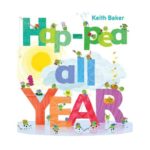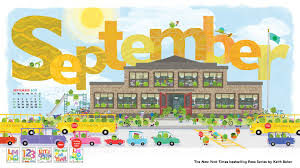What readers are looking for! A smart girl who is good at math and does not take guff about it from anyone!
Summer vacation will start any minute. Alice can hardly wait to begin her vacation. Alice plans on using vacation to prove the Goldbach’s Conjecture. Twelve year old Alice loves math! When she gets upset, instead of counting to ten, she counts using prime numbers to calm herself down.
Just prior to the last bell ringing, Sammy invites Alice to his house for a very important press conference. Sammy’s father owns Delgado Industries and an invention is about to be unveiled. Alice turns Sammy down, but gets forcefully transported to the event in a black towncar, with a, “Mr. Delgado would like to see you.” (8)
Mr. Jones, Alice’s father who writes for the Philadelphia Daily News, is also at the press conference. Mr. Delgado begins the press conference by announcing his friend and scientist inventor, Dr. Adrian Learner, is missing. The press conference will only take place once Dr. Learner has been found. Sammy is deeply disturbed. Dr. Learner might be Sammy’s only friend. Sammy wants his father to hire Alice to find Dr. Learner. Mr. Delgado hires Alice, but as a way to get publicity, as a joke. This ticks Alice off! Alice only accepts to prove to Mr. Delgado she CAN find him. Plus, her father will get the exclusive story.
Alice takes on the investigation to find Dr. Learner. She visits his top secret lab, visits his super messy apartment, and eventually pieces together Dr. Learner should be at the University of Pennsylvania where Mr. Delgado and Dr. Learner first met. In the meantime, a silver Mercedes begins to follow Alice. The FBI becomes involved, too.
When Alice does find Dr. Learner, it is not enough for Alice. She still needs to prove to herself how he disappeared. Alice’s math equation needs to be solved, ” (one exit)+(security camera footage)+(disappearing man)=x”. Then, maybe the equation should be “(one exit)+(disappearing man)= x-(security camera footage) … or maybe…(one exit)+(security camera footage)= x-(disappearing man) ” . (page 258) Little by little Alice discovers Dr. Learner’s missing medical prescription was for an experimental drug to slow down Alzheimer’s disease.
Alice holds a press conference stating Dr. Learner’s disappearance was a scam. It turns out Mr. Delgado had staged the entire disappearance to help out his friend Dr. Learner keep his disease a secret, or at least until Mr. Delgado signed a government contract for Dr. Learner’s work.
The book’s cover illustration of Alice needs some revamping, if middle schoolers are going to pick it up and read it. The existing cover is fine for fourth and fifth graders.


